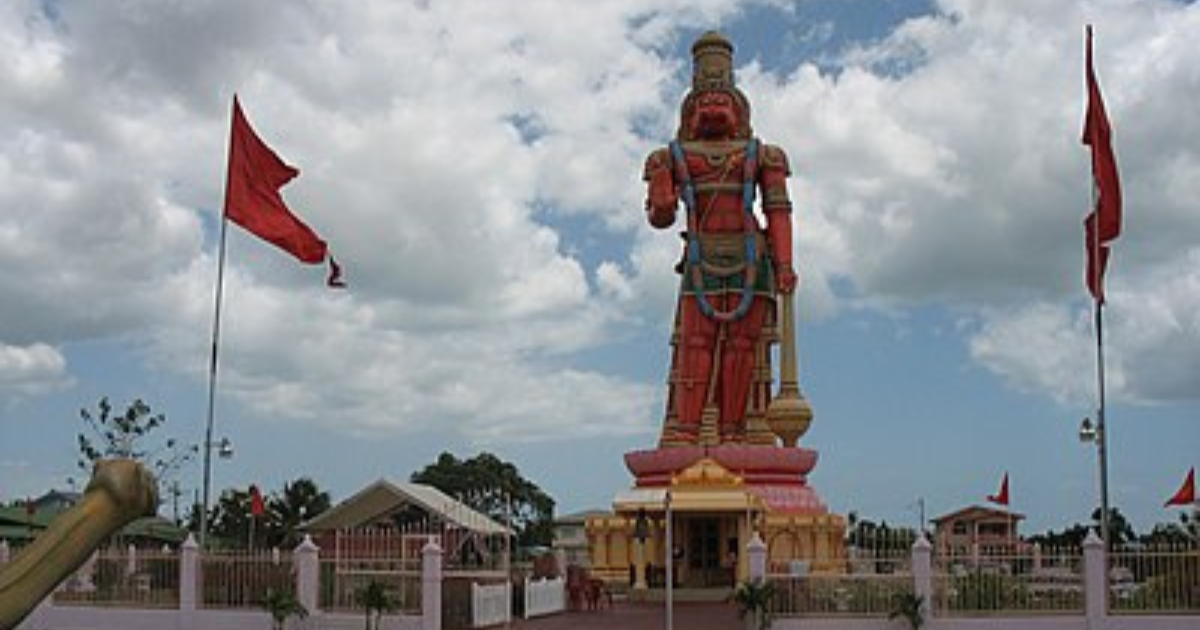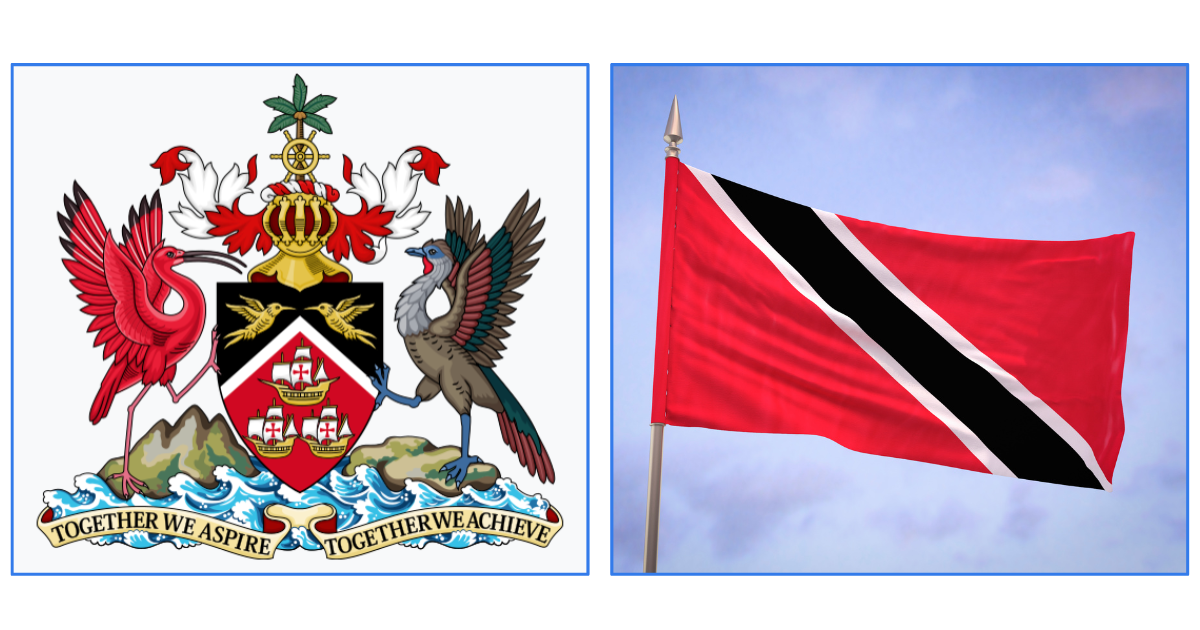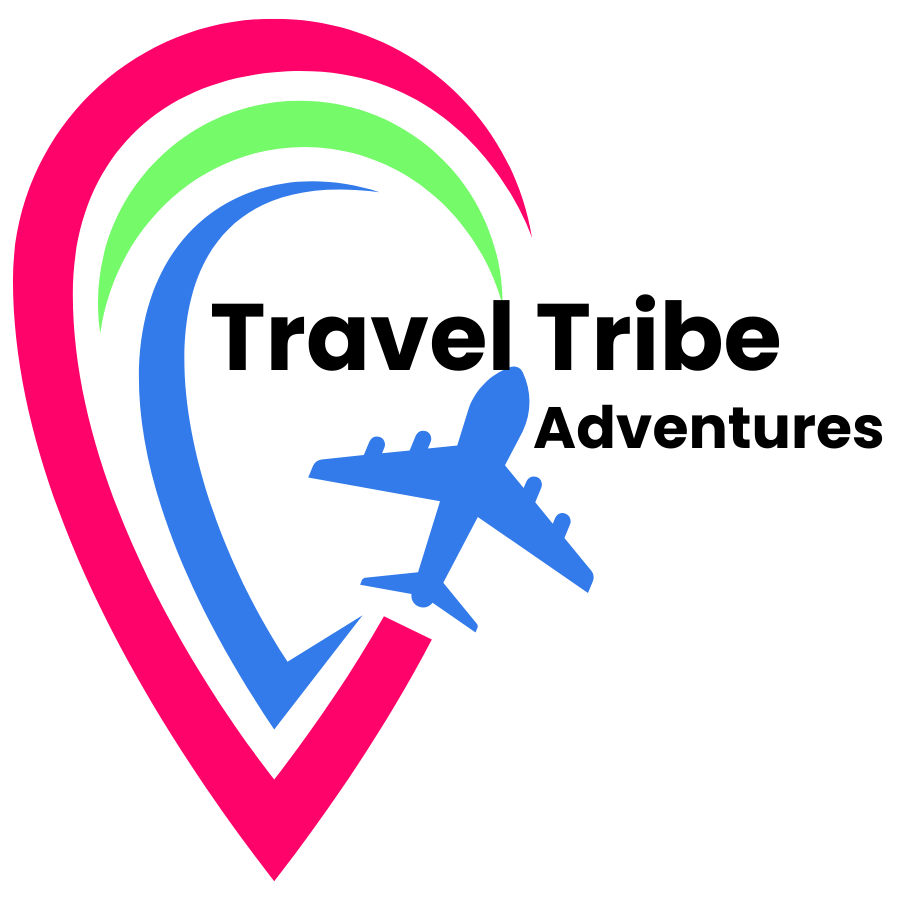Welcome To My Blog!
Welcome back to our exploration of Trinidad and Tobago!
In this second installment, we’ll delve even deeper into the fascinating world of this twin-island nation. But before we embark on this next leg of our journey, let’s take a moment to revisit what we’ve uncovered so far. From interesting trivia to the rich tapestry of history, from the intricacies of politics to the diverse geography and biodiversity, part 1 journeyed through the heart and soul of Trinidad and Tobago.
Now, as we venture further, we’ll shine a spotlight on its economic landscape, demographics, education system, cultural diversity, sports scene, and national symbols. So grab a cuppa, get cozy, and let’s continue our exploration of Trinidad and Tobago together. There’s so much more to discover, and I can’t wait to share it with you!
Economic Landscape of Trinidad and Tobago: Diversification and Growth
Trinidad and Tobago’s economy is anchored by the petroleum industry, with significant contributions from tourism and manufacturing sectors. While tourism is growing, it remains less pivotal than in many other Caribbean nations. Agricultural staples include citrus fruits, cocoa, and other commodities.
Ranked 105th among the world’s high-income economies by the World Bank, (more here) Trinidad and Tobago has seen recent growth propelled by investments in liquefied natural gas (LNG), petrochemicals, and steel. Plans for additional petrochemical, aluminum, and plastics projects are underway.
Transitioning from an oil-based to a natural gas-based economy, the country has witnessed a surge in natural gas production, with significant increases in LNG capacity. The expansion of Atlantic LNG, particularly with the introduction of Train 4, has spurred substantial economic growth, making Trinidad and Tobago a leading LNG exporter to the United States.
While oil and gas account for a substantial portion of GDP and exports, employment in these sectors is comparatively low, with only 5% of the workforce engaged. However, the country serves as a regional financial hub, boasting a burgeoning trade surplus.
Infrastructure in Trinidad and Tobago is robust by regional standards, with an expanded international airport, extensive road networks, and modern telecommunications services. Despite challenges such as traffic congestion in urban areas and occasional delays in rural emergency services, the country’s utilities and telecommunications systems continue to evolve, reflecting its commitment to economic diversification and development.

Oil platform off the coast of Trinidad
picture courtesy Aneil Lutchman
Demographic Composition and Religious Diversity
Trinidad and Tobago is a melting pot of diverse cultures and ethnicities, contributing to its vibrant social tapestry. The population, totaling around 1.5 million inhabitants, is predominantly of African and Indian descent, reflecting the legacy of colonialism and migration patterns.
Alongside these major ethnic groups, there are significant contributions from European, Chinese, Syrian, and Lebanese communities, adding to the country’s rich multicultural fabric. Religious diversity is also pronounced, with Christianity, Hinduism, and Islam being the primary faiths practiced. Christianity, in its various denominations, holds the largest following, followed by Hinduism and Islam. To the right, you’ll notice a captivating image featuring the remarkable Hanuman Temple in Carapichaima, just 14 miles southeast of Port of Spain. Look closely at its centerpiece: an imposing 85-foot-tall statue of Lord Hanuman, standing tall and majestic.
Additionally, smaller communities are adhering to other faiths, including Buddhism and various indigenous religions. This cultural and religious pluralism is celebrated and embraced, shaping the unique identity of Trinidad and Tobago.
Language, Education, and Cultural Diversity
Trinidad and Tobago boasts a rich linguistic landscape, with English serving as the official language. However, the predominant spoken languages are Trinidadian Creole and Tobagonian Creole, both English-based creole languages influenced by the nation’s diverse heritage of Indian, African, and European cultures, including Spanish. These creoles, infused with elements from various African languages and French in the case of Trinidadian Creole, reflect the country’s multicultural identity.
Education System
Education in Trinidad and Tobago follows a structured path, with children typically beginning pre-school at the age of 3. While pre-school attendance is not mandatory, it is common for children to start at this stage to develop basic reading and writing skills before entering primary school at age 5. Primary education spans seven years, divided into First Year, Second Year, and Standard One through Standard Five. The culmination of primary school is marked by the Secondary Entrance Assessment (SEA), which determines placement in secondary school.
Secondary education lasts a minimum of five years, culminating in the Caribbean Secondary Education Certificate (CSEC) examinations, akin to British GCSE O levels. Students with satisfactory grades may opt for an additional two years of high school, leading to the Caribbean Advanced Proficiency Examinations (CAPE), equivalent to GCE A levels. Both CSEC and CAPE exams are administered by the Caribbean Examinations Council (CXC).
Public primary and secondary education are provided free of charge, although private and religious schooling options exist for a fee. Tertiary education, up to the level of a Bachelor’s degree, is also accessible to all for free at various local institutions, including the University of the West Indies (UWI) and the University of Trinidad and Tobago (UTT). Government subsidies extend to some Master’s programs, and financial assistance, including scholarships, is available from both the government and private sector to support students in pursuing higher education locally, regionally, or internationally.

The Hanuman Temple at Carapichaima
Exploration of Trinidad and Tobago: Its Rich Culture
Trinidad and Tobago pulsates with a vibrant cultural rhythm, deeply rooted in its diverse heritage and dynamic artistic expressions. As the birthplace of calypso music and the steelpan, hailed as the only acoustic musical instrument invented in the 20th century, the islands resonate with the soul-stirring melodies of Soca, Chutney, and Parang. Carnival, a spectacle of color and revelry, finds its origins here, inspiring celebrations across the Caribbean and beyond.
The nation boasts an impressive array of artistic luminaries, including Nobel Prize-winning authors V.S. Naipaul and Derek Walcott, whose literary works reflect the complexities of Caribbean life. Renowned figures like Edmundo Ros and Peter Minshall have left an indelible mark on the global stage, their contributions ranging from music to visual arts, enriching Trinidad and Tobago’s cultural tapestry.
From theater to music, Trinidadian talent shines brightly, with artists like Geoffrey Holder, Heather Headley, Billy Ocean, and Nicki Minaj garnering international acclaim. Jazz trumpeter Etienne Charles and a host of other luminaries, including Nia Long, Foxy Brown, Tatyana Ali, Alfonso Ribeiro, Sommore, Kareem Abdul-Jabbar, Gabrielle Reece, and Tracy Quan, proudly showcase Trinidad and Tobago’s cultural legacy, ensuring its enduring presence on the world’s stage.
Sports: Trinidad and Tobago at the Olympics
Trinidad and Tobago’s journey at the Olympics is etched with historic victories and memorable performances. Sprinter Hasely Crawford secured the nation’s first Olympic gold in the men’s 100m dash at the 1976 Summer Olympics, marking a monumental achievement in the country’s sporting history. Since then, Trinidad and Tobago’s athletes have continued to shine on the global stage, amassing twelve medals across various disciplines, including athletics and swimming.
Cricket
Cricket holds a special place in the hearts of Trinbagonians, with the islands boasting a rich cricketing tradition and a fierce rivalry with neighboring Caribbean nations. The legendary Brian Lara, hailed as one of the greatest batsmen in cricket history, emerged from Trinidad and Tobago, leaving an indelible mark on the sport. The islands have played host to prestigious cricket events, including the 2007 Cricket World Cup, further cementing their status as a cricketing powerhouse.
Football
Trinidad and Tobago’s football journey reached new heights when the national team qualified for the 2006 FIFA World Cup, capturing the world’s attention with their spirited performance. Led by captain Dwight Yorke, the team made history as the smallest nation, in terms of population, to qualify for the prestigious tournament. Despite facing formidable opponents, Trinidad and Tobago’s footballers showcased resilience and talent on the global stage, earning widespread admiration.
Other Sports
Beyond cricket and football, Trinidad and Tobago boasts a diverse sports landscape, with disciplines like netball, basketball, rugby union, and horse racing capturing the nation’s passion. Athletes like Gary Goodridge, a former mixed martial artist, have also made significant contributions to the sporting world, showcasing the island’s athletic prowess on a global scale. These sporting endeavors embody the spirit of Trinidad and Tobago, celebrating excellence, determination, and sportsmanship.
National Symbols
Flag
The flag of Trinidad and Tobago, adopted by the Independence Committee in 1962, is a vibrant representation of the nation’s spirit. Its colors—red, black, and white—symbolize fire, earth, and water, respectively, embodying qualities of courage, dedication, and purity. This iconic flag serves as a proud emblem of Trinidad and Tobago’s rich heritage and unwavering resilience.
Coat of Arms
The national coat of arms, crafted by the Independence Committee, encapsulates the essence of Trinidad and Tobago’s natural beauty and historical significance. Adorned with native birds—the Scarlet Ibis and Cocrico—and the Hummingbird, it pays homage to the country’s rich biodiversity. The shield bears three ships, representing the Trinity and Christopher Columbus’s historic voyage. This emblem stands as a proud symbol of the nation’s unity, strength, and enduring legacy.
Scarlet Ibis
The Scarlet Ibis, Trinidad and Tobago’s national bird, graces the country’s emblem with its vibrant plumage and majestic presence. Found in the coastal mangrove swamps, such as the Caroni Swamp, this iconic bird symbolizes the nation’s natural splendor and ecological diversity. Witnessing the Scarlet Ibis’s mesmerizing flight at dusk—a spectacle of nature’s beauty—is an unforgettable experience, cherished by locals and visitors alike.

Embark on Your Own Exploration of Trinidad and Tobago
As we wrap up our exploration of Trinidad and Tobago, I hope you’ve found this journey as enlightening as it’s been enjoyable. From uncovering fascinating trivia to delving into the depths of Trinidad’s economic landscape, demographics, and cultural diversity, we’ve traversed a myriad of insights and discoveries.
But our adventure doesn’t end here. There’s still so much more to uncover and experience in this vibrant twin-island nation. Whether it’s planning your own trip to Trinidad or simply sharing the wonders of this beautiful country with others, let the spirit of discovery continue to inspire you.
Trinidad Magic – Carnival 2025!
And if you’re already yearning to immerse yourself in Trinidad’s magic firsthand, why not consider joining us for Carnival 2025? It’s an invitation to dance to the infectious rhythm of soca, lose yourself in a kaleidoscope of colors, and create unforgettable memories under the Caribbean sun. Ready to be part of the celebration? Secure your spot now and let’s make memories that will last a lifetime! Click the button below to learn more.
Share your thoughts!

You may also like…
Join a growing community of travelers and get juicy tips and insightful guidance to enhance your travel experiences! Receive the latest blogs, updates, and special offers directly to your inbox! Plus, receive a complimentary 15-minute consultation to kickstart your journey!

0 Comments